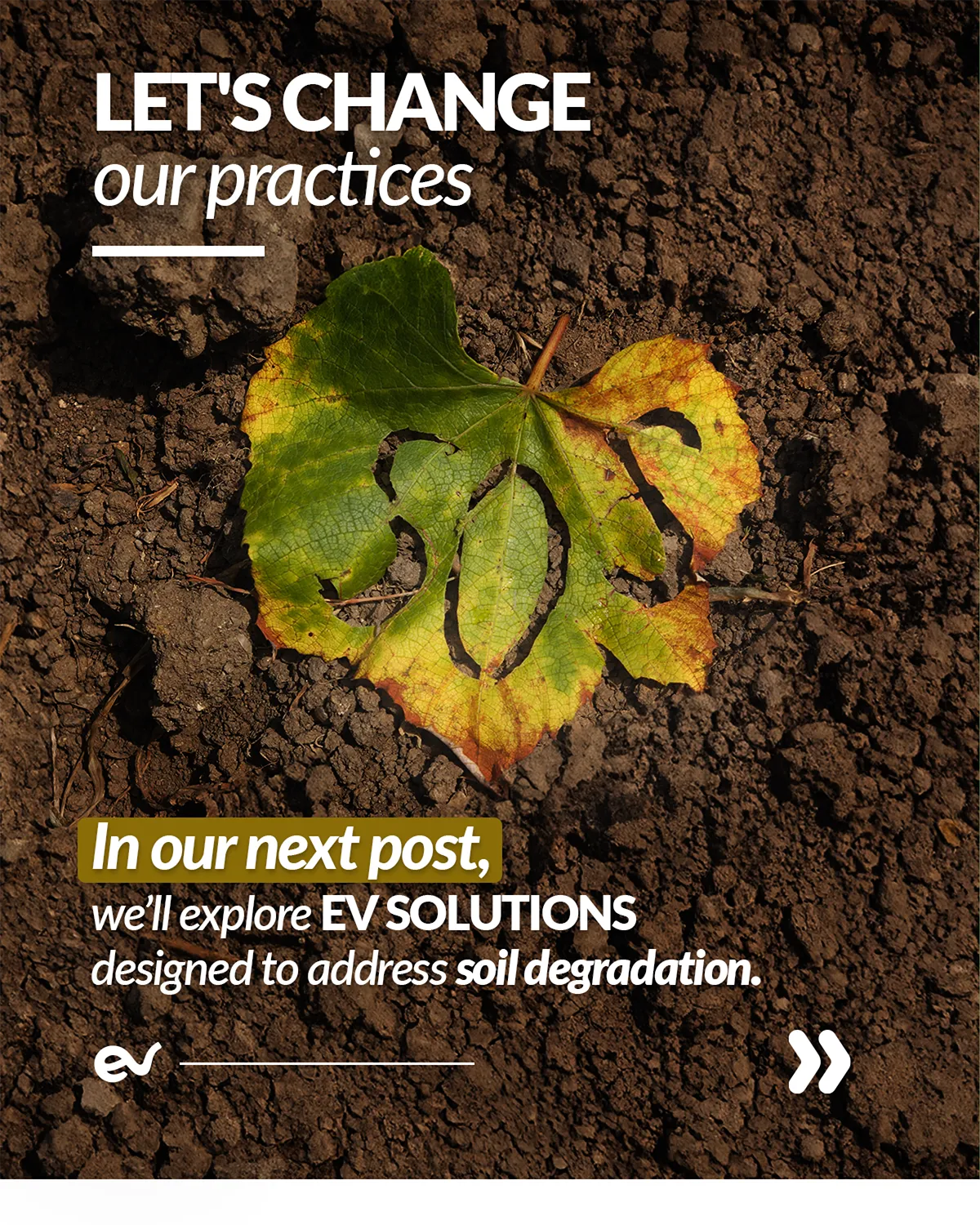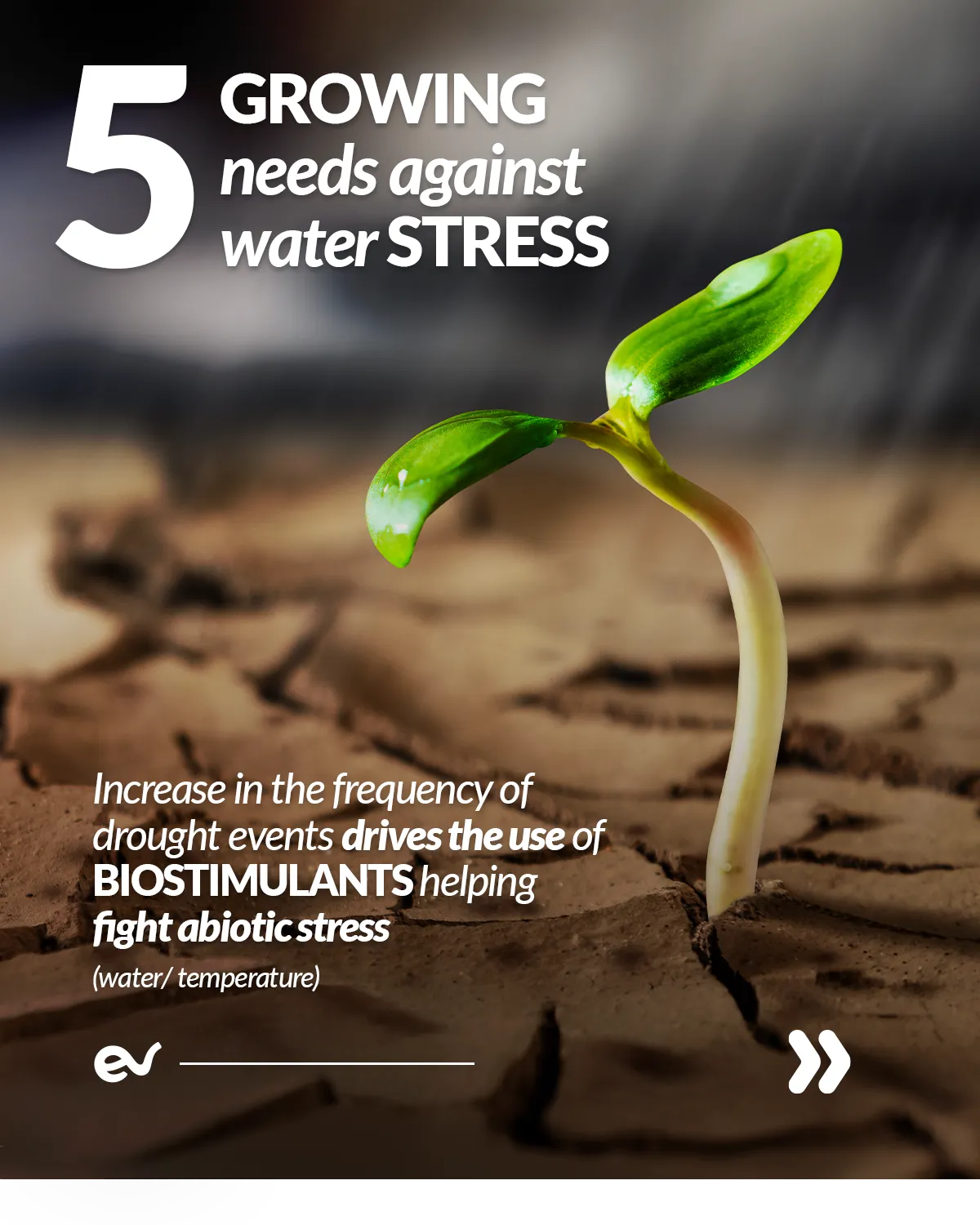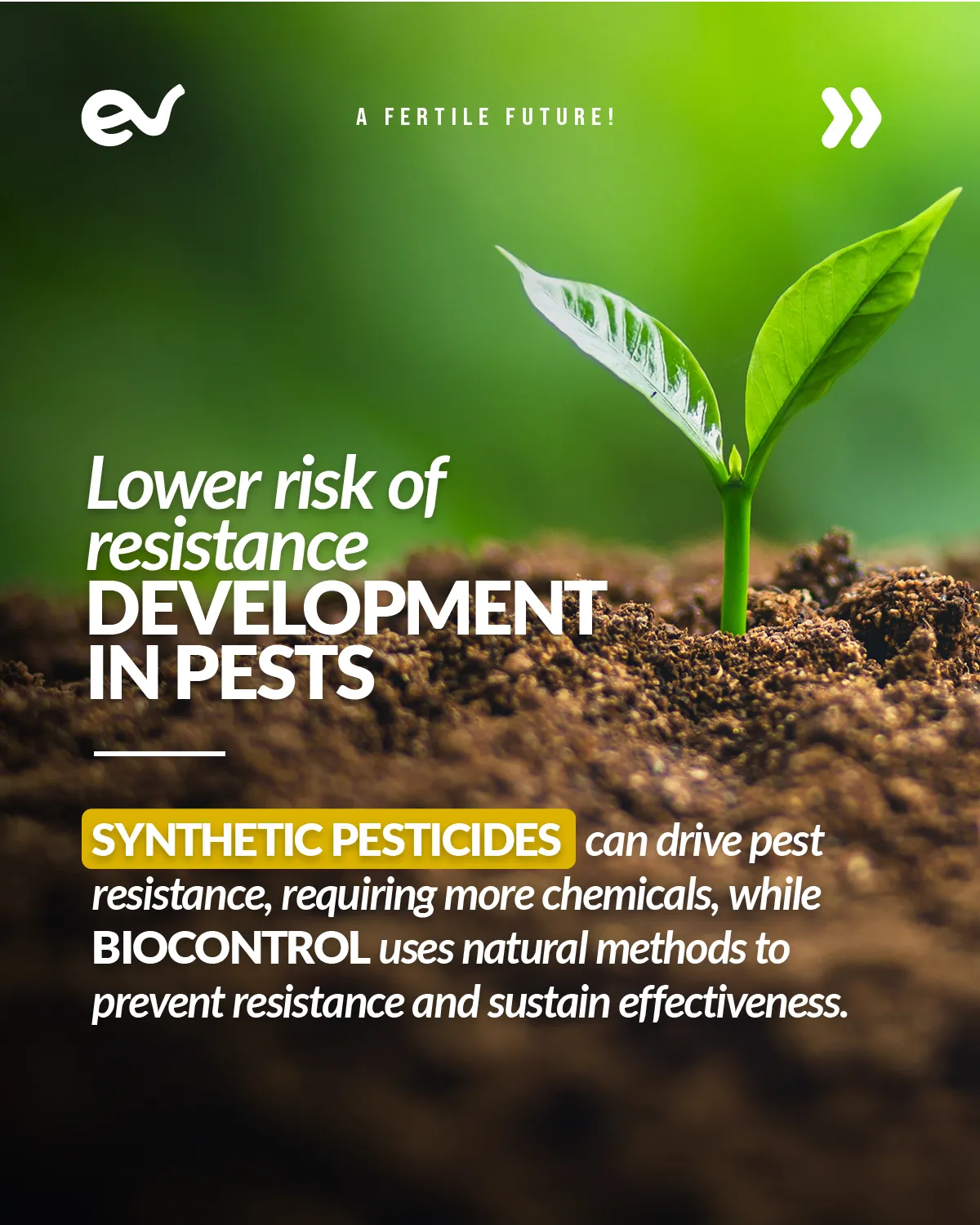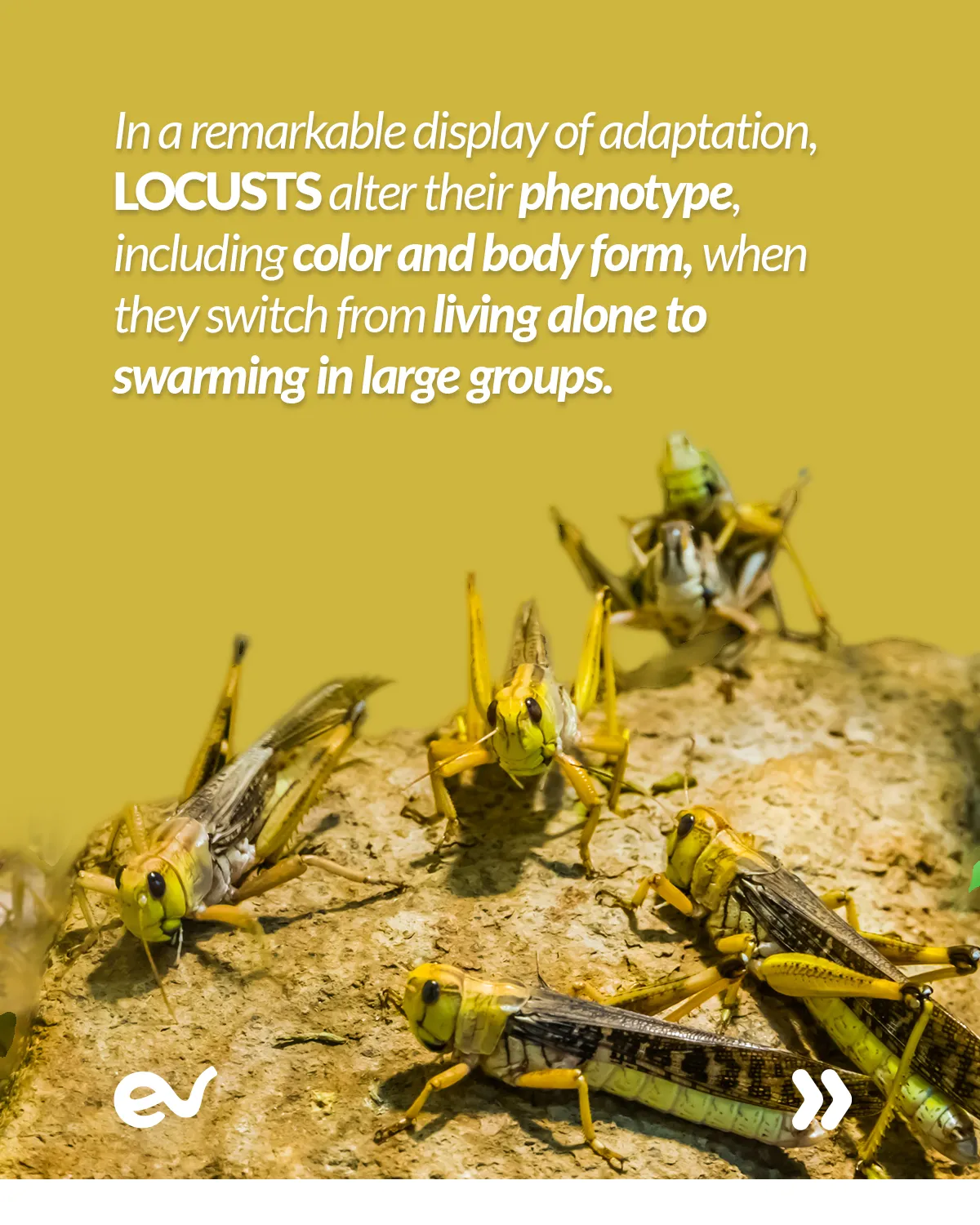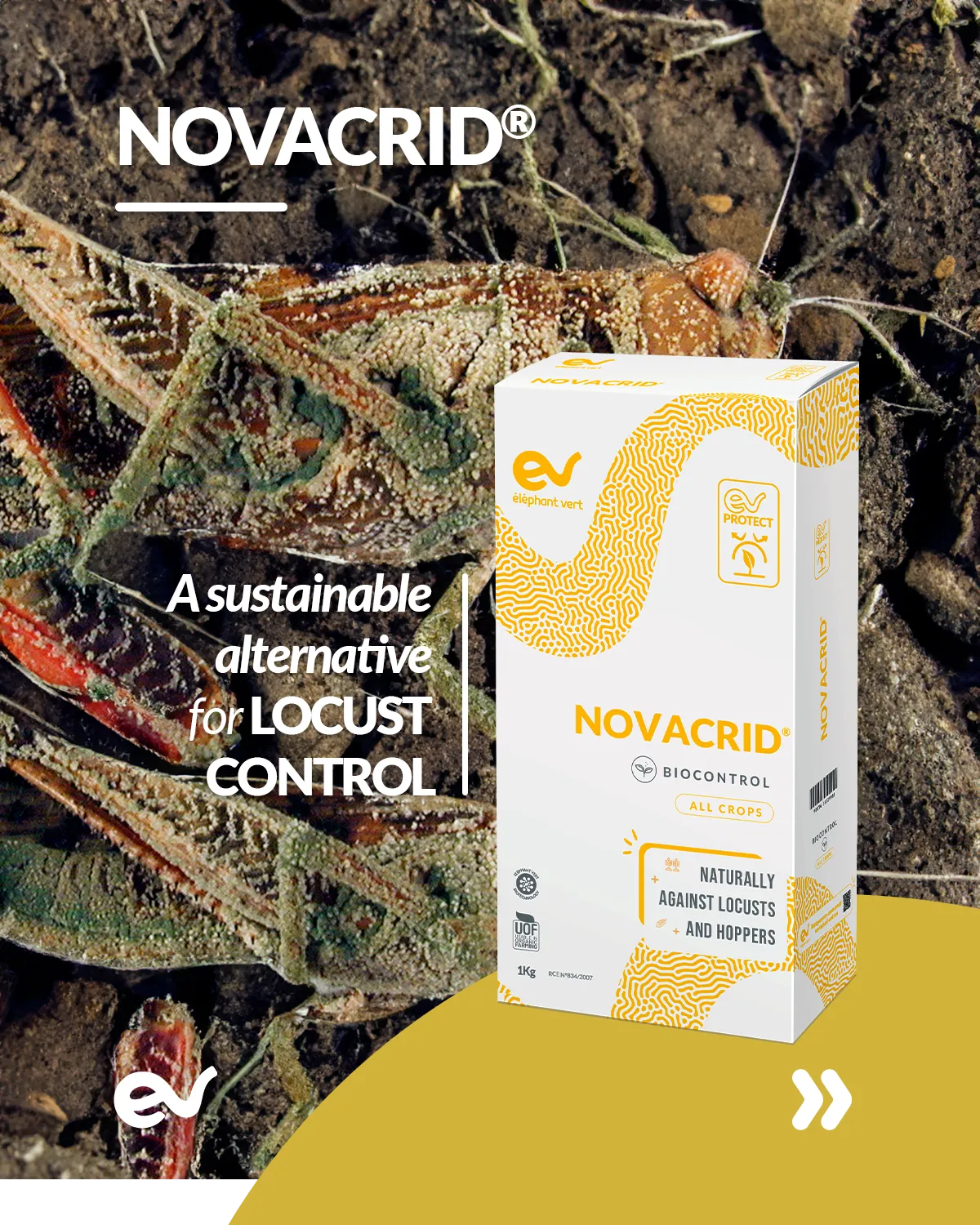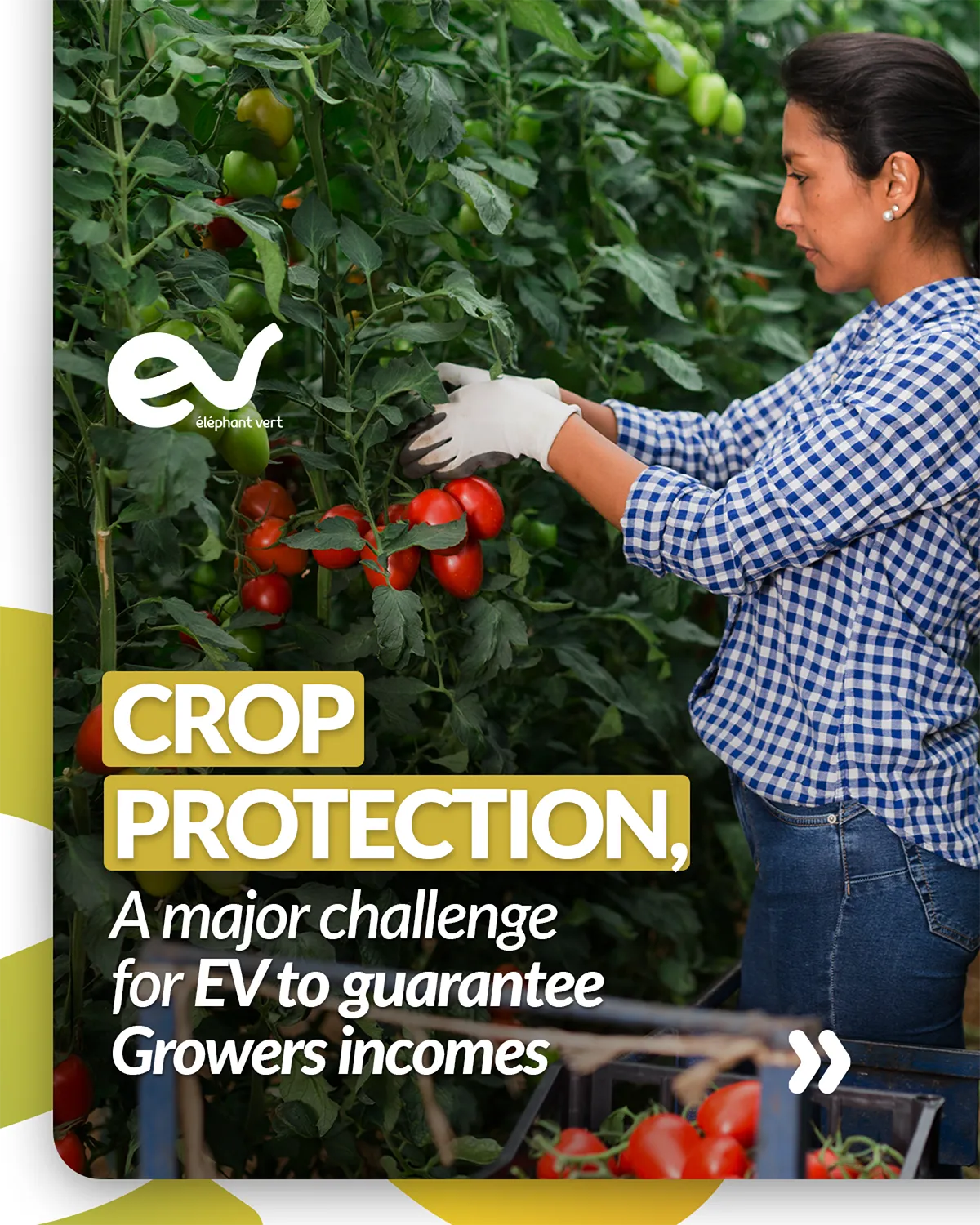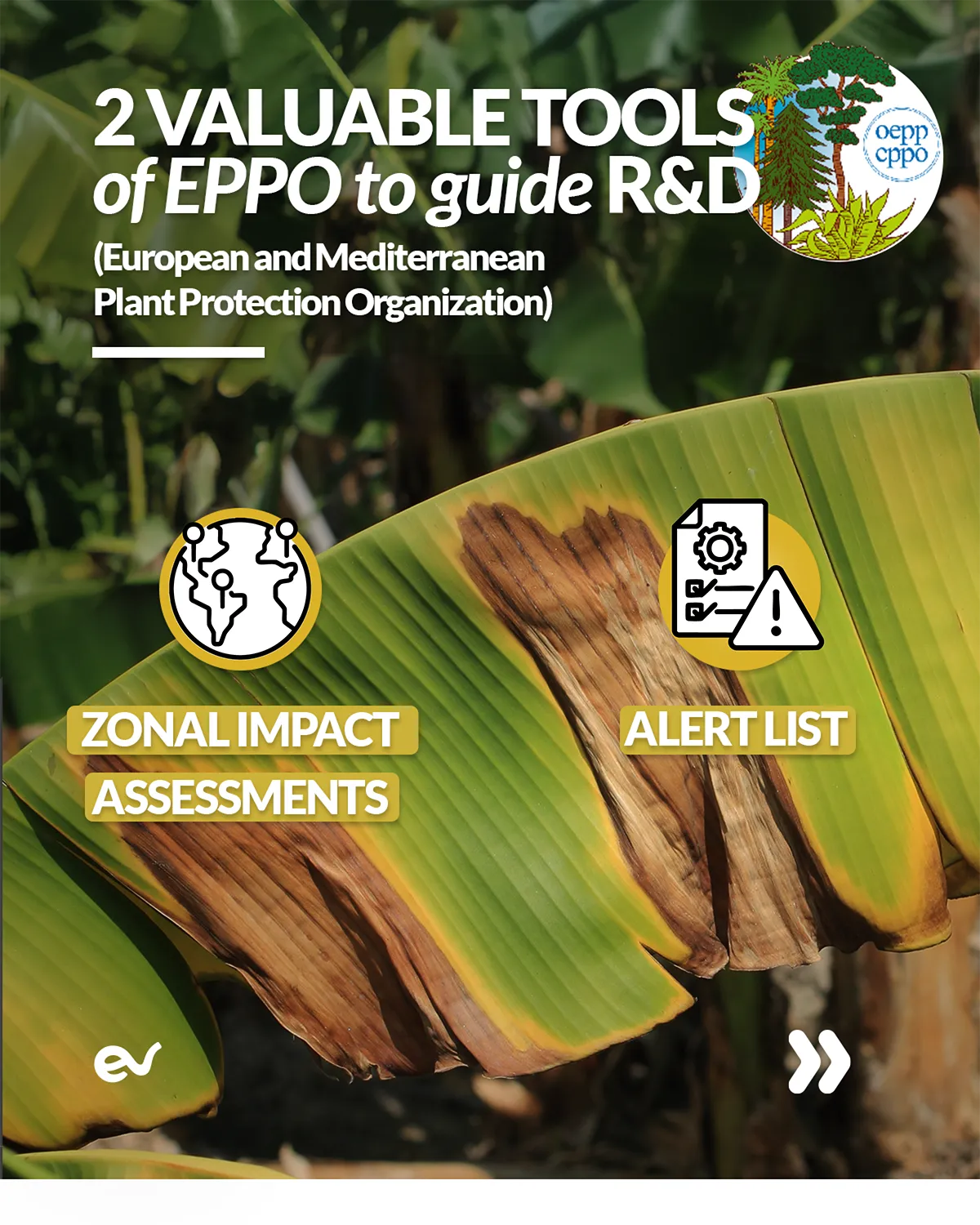Some main principles for promoting the protection and renewal of the environment in the context of sustainable agriculture.
soil quality
reducing erosion and tillage through plant cover, grassing and natural weeding.
developing fertility by playing on crop rotation, and their lengthening, complementarity of crops, introduction of leguminous seeds in the rotation, plant cover, sowing under plant cover, rotating pastures and fallow.
favouring natural treatments (based on plants, micro-organisms or minerals) and fertilizers based on recycling (compost etc.)
Operating on a precautionary principle, and using new environmentally friendly technologies to improve yields, Éléphant Vert uses sensors (disease detection, water needs etc.) which compensate for the yield gap between traditional and organic farming.
Giving preference to sustainable seeds (healthy seeds adapted to the environment, pelleting without microplastic - seeds with improved organoleptic and nutritional criteria)
Implementing agroforestry.
Guaranteeing natural pest control, grassing rows or inter-rows, establishing agro-ecological infrastructures near the crops, promoting agroforestry, using natural solutions for mating disruption, promoting pollination, cultivating local species, adapted to their environment.
Respecting the cycles of nature.
Promoting genetic diversity by playing the varietal diversity card.
Promoting water storage in the soil by developing plots, covering the soil, growing dry summer crops, and planting grass to avoid runoff, erosion and evapotranspiration.
Reusing rainwater, to avoid pumping into the water table.
Controlling spraying and favoring drip irrigation.
Promoting short routes for sales and supplies.
Favoring locally produced inputs.
Valuing and recycling co-products which produce heat or electricity. (methanization, wood energy)
5 good practices to store carbon in the soil : Planting hedges, grasslands, agroforestry, compost, soil cover (between two main crops, covering the soil with legumes, oats, clovers ... can store up to 240 kg of additional carbon per hectare each year).
Use organic fertilizers and soil improvers instead of fertilizers and using biocontrol products instead of chemical pesticides.

Carefully read the instructions and adhere to the product usage conditions.
Wear the appropriate personal protective equipment (PPE) suited to the product guidelines: mask, gloves, goggles, suit.
Choose PPE that complies with current safety standards: EN 343 for weather protection and EN 388 for mechanical risk protection.
Remember to maintain and store your PPE properly to keep it in good condition.





